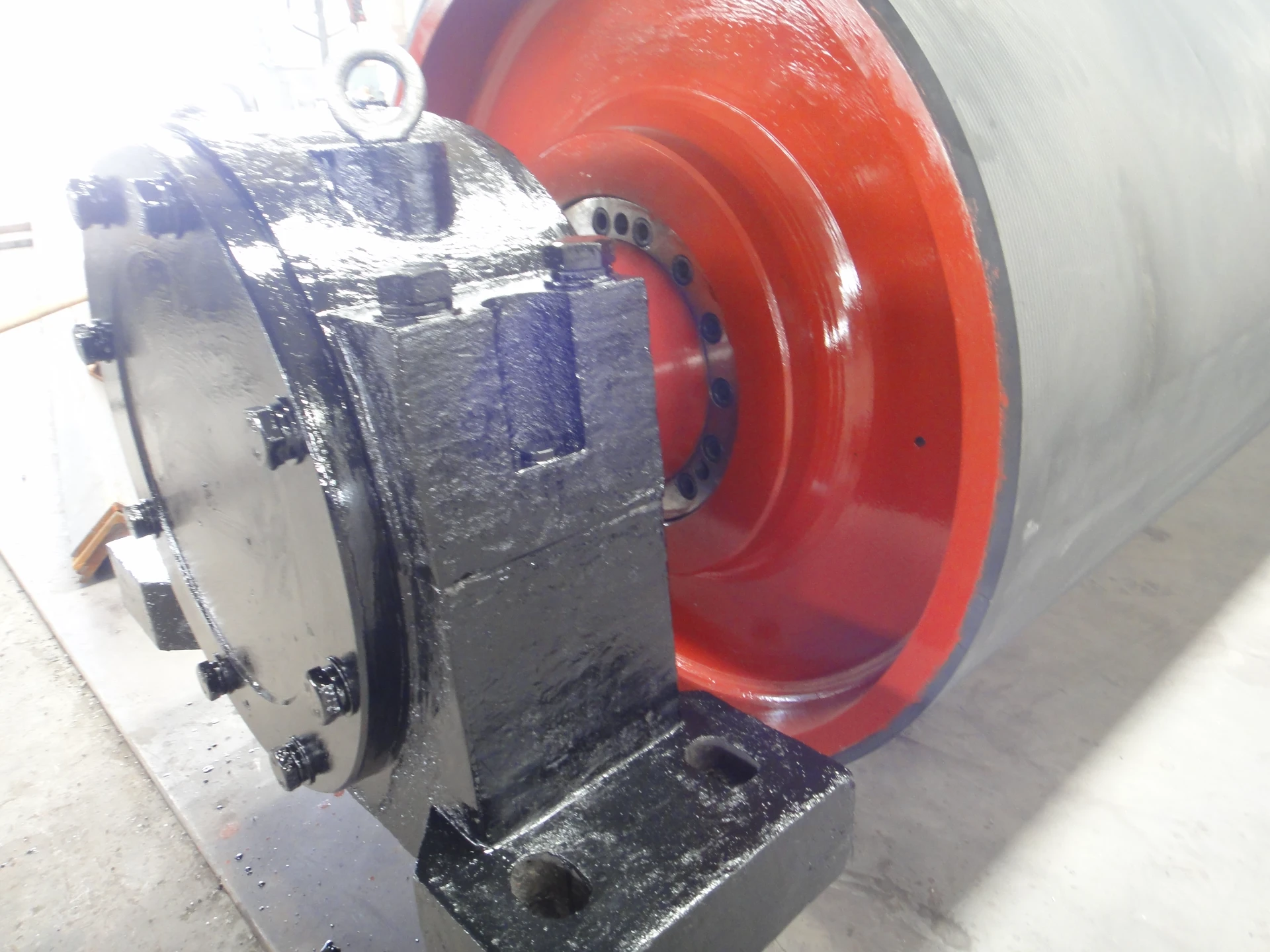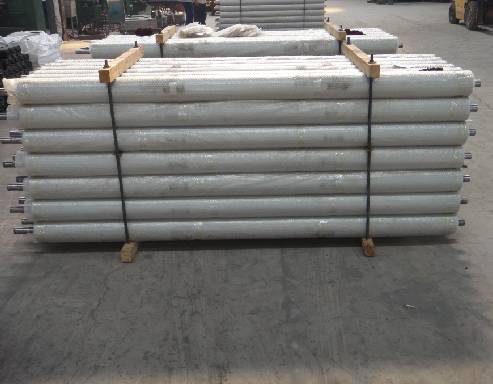 Afrikaans
Afrikaans  Albanian
Albanian  Amharic
Amharic  Arabic
Arabic  Armenian
Armenian  Azerbaijani
Azerbaijani  Basque
Basque  Belarusian
Belarusian  Bengali
Bengali  Bosnian
Bosnian  Bulgarian
Bulgarian  Catalan
Catalan  Cebuano
Cebuano  Corsican
Corsican  Croatian
Croatian  Czech
Czech  Danish
Danish  Dutch
Dutch  English
English  Esperanto
Esperanto  Estonian
Estonian  Finnish
Finnish  French
French  Frisian
Frisian  Galician
Galician  Georgian
Georgian  German
German  Greek
Greek  Gujarati
Gujarati  Haitian Creole
Haitian Creole  hausa
hausa  hawaiian
hawaiian  Hebrew
Hebrew  Hindi
Hindi  Miao
Miao  Hungarian
Hungarian  Icelandic
Icelandic  igbo
igbo  Indonesian
Indonesian  irish
irish  Italian
Italian  Japanese
Japanese  Javanese
Javanese  Kannada
Kannada  kazakh
kazakh  Khmer
Khmer  Rwandese
Rwandese  Korean
Korean  Kurdish
Kurdish  Kyrgyz
Kyrgyz  Lao
Lao  Latin
Latin  Latvian
Latvian  Lithuanian
Lithuanian  Luxembourgish
Luxembourgish  Macedonian
Macedonian  Malgashi
Malgashi  Malay
Malay  Malayalam
Malayalam  Maltese
Maltese  Maori
Maori  Marathi
Marathi  Mongolian
Mongolian  Myanmar
Myanmar  Nepali
Nepali  Norwegian
Norwegian  Norwegian
Norwegian  Occitan
Occitan  Pashto
Pashto  Persian
Persian  Polish
Polish  Portuguese
Portuguese  Punjabi
Punjabi  Romanian
Romanian  Russian
Russian  Samoan
Samoan  Scottish Gaelic
Scottish Gaelic  Serbian
Serbian  Sesotho
Sesotho  Shona
Shona  Sindhi
Sindhi  Sinhala
Sinhala  Slovak
Slovak  Slovenian
Slovenian  Somali
Somali  Spanish
Spanish  Sundanese
Sundanese  Swahili
Swahili  Swedish
Swedish  Tagalog
Tagalog  Tajik
Tajik  Tamil
Tamil  Tatar
Tatar  Telugu
Telugu  Thai
Thai  Turkish
Turkish  Turkmen
Turkmen  Ukrainian
Ukrainian  Urdu
Urdu  Uighur
Uighur  Uzbek
Uzbek  Vietnamese
Vietnamese  Welsh
Welsh  Bantu
Bantu  Yiddish
Yiddish  Yoruba
Yoruba  Zulu
Zulu កុម្ភៈ . 10, 2025 21:56
Back to list
Bend Pulley (Non-driving Pulley)
Understanding the crucial role of a tail pulley in the anatomy of a conveyor system is vital for anyone involved in materials handling or industrial operations. A tail pulley, typically mounted at the tail end of a conveyor belt, is a core component that significantly influences the efficiency, reliability, and lifespan of the conveyor system.
The pivoting nature of tail pulleys aids in the automatic tensioning of the conveyor belt. This automatic adjustment capability compensates for belt stretch and other operational loads, minimizing manual intervention and ensuring that the system runs smoothly. This not only boosts productivity but also enhances safety by reducing the risk of belt-related malfunctions that could lead to workplace accidents. In industries dealing with bulk material handling, the reliability of a conveyor system can significantly impact operational throughput. The tail pulley, despite being a smaller component, plays a critical role in the smooth running of the conveyor system. Regular inspections and maintenance are, therefore, key to extending the life of a tail pulley. It is recommended to check for signs of wear, alignment issues, and potential material build-up, ensuring the system remains efficient and reliable. Various authoritative bodies provide detailed standards and guidelines on the specification and maintenance of tail pulleys. Adhering to these standards not only guarantees operational safety but also enhances trustworthiness and credibility amongst stakeholders and clients. Compliance with international standards also positions businesses favorably in a competitive marketplace, demonstrating a commitment to quality and safety. Consulting with experts in conveyor systems is invaluable when selecting and maintaining tail pulleys. Professionals possess the expertise to guide decisions based on specific industrial needs and conditions, ultimately improving system performance and reducing long-term costs. This collaborative approach ensures that businesses can capitalize on the latest technological advancements and industry insights, keeping operations at the forefront of efficiency and effectiveness. In conclusion, while the tail pulley might seem like a minor part of a conveyor system, its impact on operational efficiency cannot be understated. By carefully selecting the appropriate type, maintaining it scrupulously, and adhering to industry standards, businesses will be well-equipped to maximize their material handling capabilities, ensuring a competitive edge in their respective fields.


The pivoting nature of tail pulleys aids in the automatic tensioning of the conveyor belt. This automatic adjustment capability compensates for belt stretch and other operational loads, minimizing manual intervention and ensuring that the system runs smoothly. This not only boosts productivity but also enhances safety by reducing the risk of belt-related malfunctions that could lead to workplace accidents. In industries dealing with bulk material handling, the reliability of a conveyor system can significantly impact operational throughput. The tail pulley, despite being a smaller component, plays a critical role in the smooth running of the conveyor system. Regular inspections and maintenance are, therefore, key to extending the life of a tail pulley. It is recommended to check for signs of wear, alignment issues, and potential material build-up, ensuring the system remains efficient and reliable. Various authoritative bodies provide detailed standards and guidelines on the specification and maintenance of tail pulleys. Adhering to these standards not only guarantees operational safety but also enhances trustworthiness and credibility amongst stakeholders and clients. Compliance with international standards also positions businesses favorably in a competitive marketplace, demonstrating a commitment to quality and safety. Consulting with experts in conveyor systems is invaluable when selecting and maintaining tail pulleys. Professionals possess the expertise to guide decisions based on specific industrial needs and conditions, ultimately improving system performance and reducing long-term costs. This collaborative approach ensures that businesses can capitalize on the latest technological advancements and industry insights, keeping operations at the forefront of efficiency and effectiveness. In conclusion, while the tail pulley might seem like a minor part of a conveyor system, its impact on operational efficiency cannot be understated. By carefully selecting the appropriate type, maintaining it scrupulously, and adhering to industry standards, businesses will be well-equipped to maximize their material handling capabilities, ensuring a competitive edge in their respective fields.
Latest news
-
The Unrivaled Performance of Polyurethane Pulleys in Industrial ApplicationsNewsAug.25,2025
-
The Critical Role of Drum Lagging in Conveyor SystemsNewsAug.25,2025
-
Navigating Industrial Efficiency: The Critical Role of Conveyor PulleysNewsAug.25,2025
-
InIntroduction to Advanced Pulley Lagging SolutionsNewsAug.25,2025
-
Industry Trends in Pulley Lagging TechnologyNewsAug.25,2025
-
Revolutionizing Conveyor Reliability with Advanced Rubber Lagging PulleysNewsJul.22,2025
OUR PRODUCTS





























